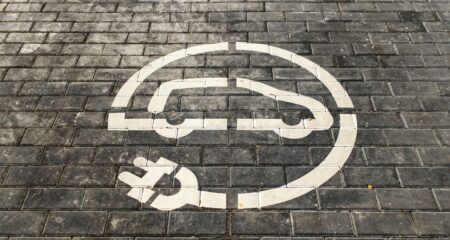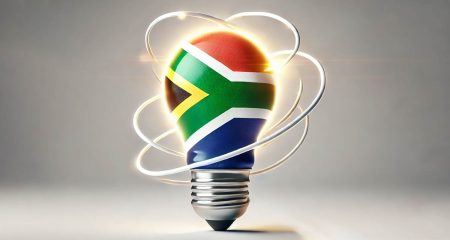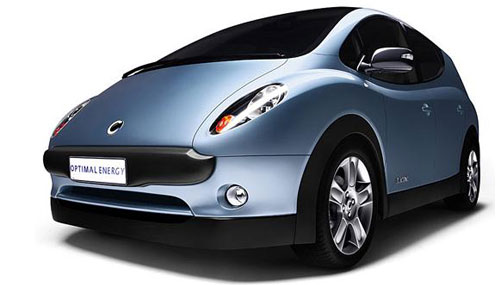
“Renewable energy, as a reaction to peak oil and climate change, is probably the most important economic boom that will occur in our lifetimes.”
This quote from Craig Shields prefaced a sales pitch for the Joule, SA’s home-grown, fully electric car, to an audience of technology entrepreneurs at the annual NetProphet conference in Cape Town on Thursday.
Shields edits 2GreenEnergy, a website that “brings you the information, tools, and personal connections you need to expand your clean energy business and investments”.
It was an apt quotation for Diana Blake, marketing director of Optimal Energy, the company that received R250m funding from the department of science & technology and the Industrial Development Corp (IDC) to build the Joule, to use.
After the usual boilerplate about climate change and carbon emissions — to which a vehicle powered by coal-fired electricity will make little difference, according to research journal Energy & Environmental Science — she lists the reasons why an electric vehicle might make the company a mint: “Of the global fleet in 2030, 10m will be electric. Most of this will be new growth, not replacements of internal combustion engines.”
US President Barack Obama has said his country will have 1m plug-ins on the road by 2015, which Blake says is a bold target. The UK offers a £5 000 subsidy for electric cars, and their drivers don’t pay congestion charges in central London. Denmark levies 180% tax on internal-combustion cars, but 0% on electric vehicles. France offers a €5 000 rebate. SA recently introduced a purchase tax on a vehicle’s carbon emission rating, and it has invested in Optimal Energy for the production of the Joule as part of the department of trade & industry’s industrial policy action plan.
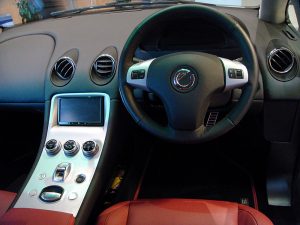
“Electric cars have been around since the 19th century. It’s a documented fact that for political reasons the electric car always had to take a step back,” Blake says. “We aim to create an industry in electric vehicles in SA and expand globally. Our goal is to create a product that is sustainable, attractive to the mass market, affordable to the mainstream, makes business sense now, and makes use of legislation and incentives.”
The product of what has to date been a six-year design effort is what appears to be a fairly good electric vehicle. It earned recognition at the 2010 Geneva Auto Show as the best such vehicle on display.
One of Optimal Energy’s strengths is that it doesn’t have an automotive legacy, and has built its car as an electric vehicle from the ground up. The five-door, five-seater, though eventually aimed at the low-end mass market, is initially targeted at the affluent urban youth.
By the time production begins in 2015, Blake says the company hopes to export 80% of its vehicles. The rest will be sold in SA at price points between R235 000 and R285 000. This compares, according to PR manager Jaco van Loggerenberg, with a landed cost of over R500 000 for the Nissan Leaf.
Early tests by CAR magazine were surprisingly positive about ride quality, appointments and performance (0-60km/h in 4,8s; top speed of 135km/h).
The vehicle comes with two battery options. One offers a 300km range, which was the original design target, but a smaller option is available to suit more urban lifestyles. It offers a range of only 150km, but is much less expensive.
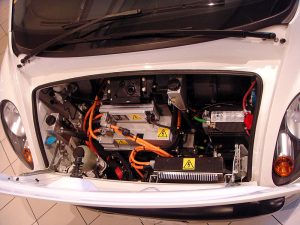
From a technology perspective, the Joule team prides itself on the battery management system, developed in-house. It will ensure at least a seven-year life for a battery pack, during which time it will be able to produce at least 80% of its original power.
The integration of electric vehicles with the Eskom grid is a controversial point, but Blake insists that there is enough power available in off-peak periods to power every car on SA roads if all of them were electric. Van Loggerenberg says the power management system can be set to begin charging at off-peak hours, and that Eskom has committed to vary electricity pricing to encourage off-peak use. Furthermore, the company hopes that the batteries can serve as distributed power storage facilities, to offer load-balancing opportunities to Eskom by allowing Joule owners to sell power back to the grid.
“The flexibility of the battery bay is another key feature of the Joule,” says Van Loggerenberg. “In future, there will be facilities similar to petrol stations, where you can swap out batteries. There’s already an Israeli company, betterplace.com, which is piloting such services in places like Portugal, Australia, Denmark and Tokyo.”

He believes that kind of intellectual property gives Optimal Energy a big advantage. “We could sell battery packs, or motors, to other manufacturers or industries. There’s a lot of opportunity for power storage solutions.”
These opportunities will be key, since the anticipated production run is 350 000 in the first seven years. Blake claims the company will break even in the last quarter of the third year of production. “It’s a long-term investment,” she says of the US$1,3bn (R8,8bn) the company is seeking from a potential production partner.
The IDC has urged the company to find a private partner for this investment, since such a large capital commitment falls well outside the scope of its mandate.
Blake notes that Optimal Energy has a strong management and design team, including the world-famous SA designer Keith Helfet, famed for several recent Jaguar designs. It also includes people from Denel who were behind the Rooivalk helicopter. “They haven’t sold any of those,” she said, “but you shouldn’t hold that against them.” — Ivo Vegter, TechCentral
- Top image: Optimal Energy
- Subscribe to our free daily newsletter
- Follow us on Twitter or on Facebook


